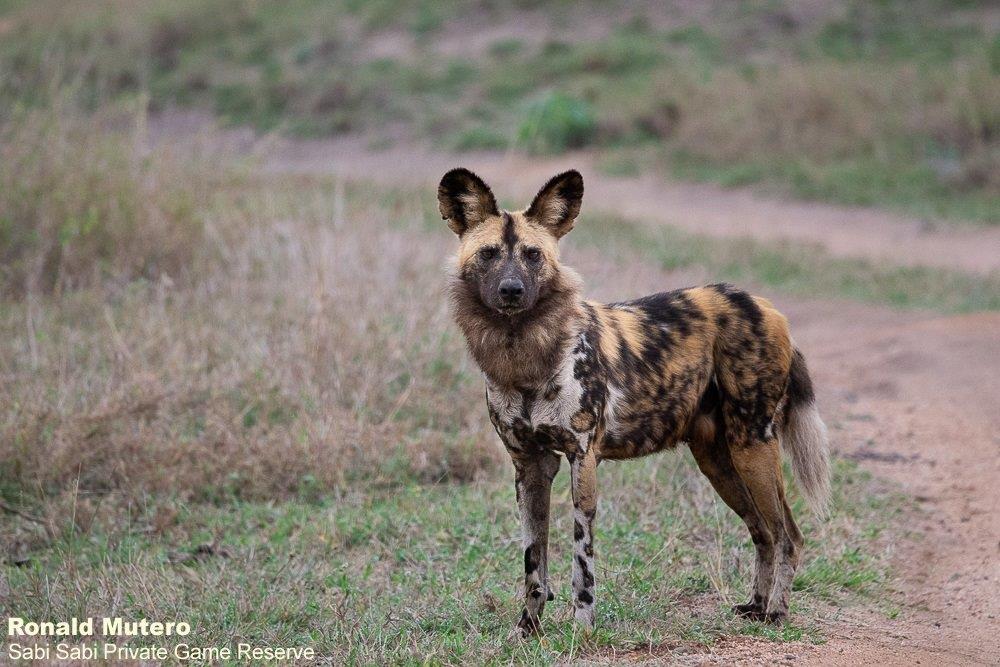A Week in the Bush Vol. 430
on Oct 06, 2022It has been another wonderfully beautiful week in the bush with tufts of greenery across the reserve after some early rainfall recently.
We focused some time on birding and one amazing spot by Tracker Eric... As we were driving along, he asked Daniel to stop the vehicle and asked our guests if they could see anything on the ground. After a few clues, they finally saw it – a Fiery-necked Nightjar! Nightjars are nocturnal birds, meaning you mostly see them at night. This Nightjar took advantage of the morning sun, before hiding away again until nightfall.
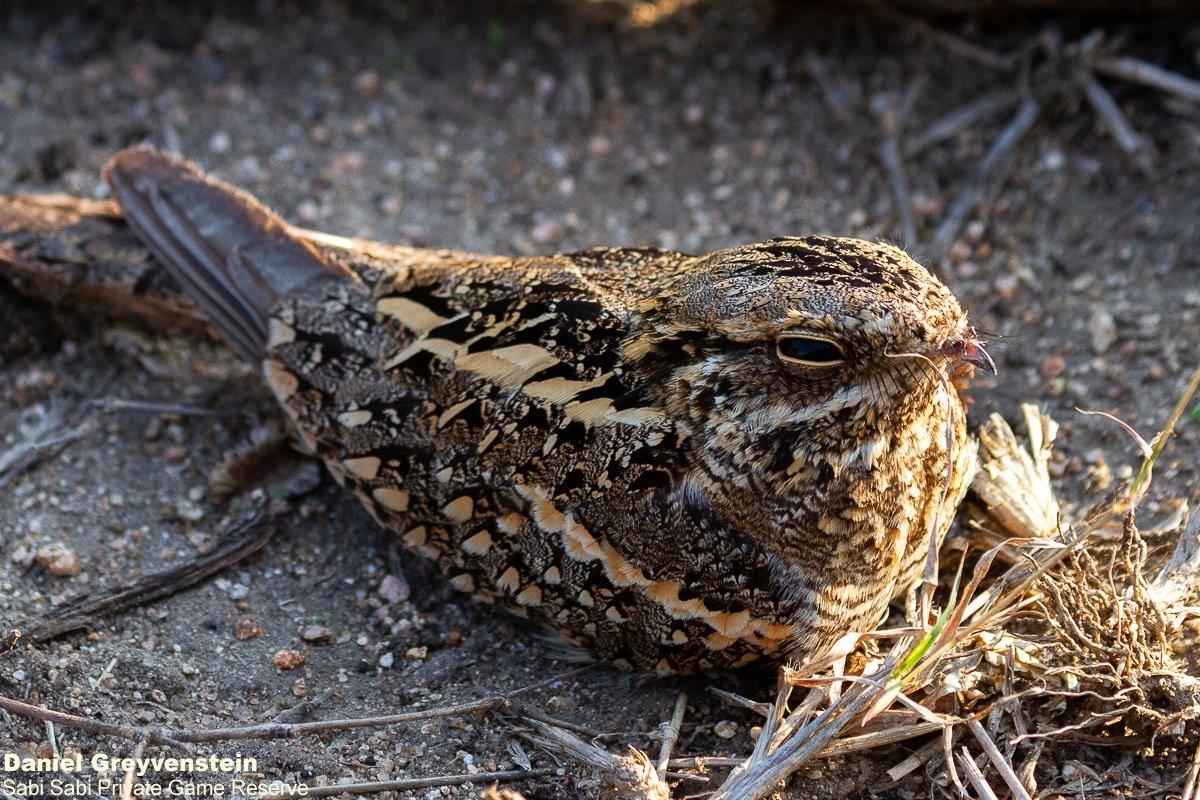
After listening to the morning chorus and watching as birds started their day, a Little Bee-eater was seen perched on some bare branches hunting a swarm of bees that passed by. Little Bee-eaters will perch on low branches and hunt insects like bees, which they catch in mid-flight. When caught they return to their perch, with their prey held in the beak, and proceed to hit the prey against branches, removing the sting and then swallow the catch.
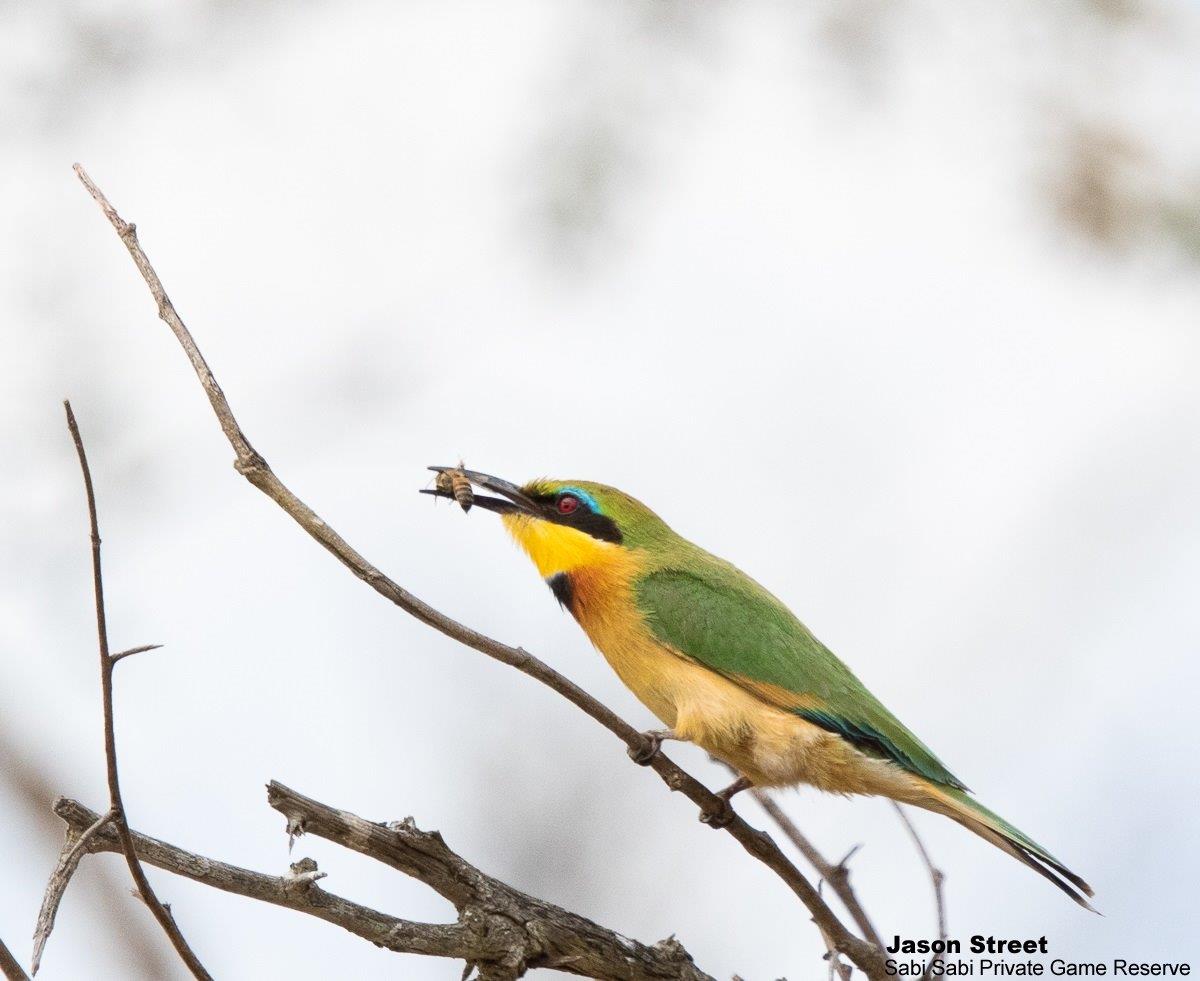
Summer is almost upon us, meaning a lot of the summer birds are returning. The Yellow-billed Storks can be found in almost every water source around Sabi Sabi, feeding on what fish is left from the previous season. Yellow-billed Storks are one of the only storks that hunt by touch. They will walk with their bill through the water, keeping it slightly open. When they feel something touching their bill, they will quickly dash and grab the prey.
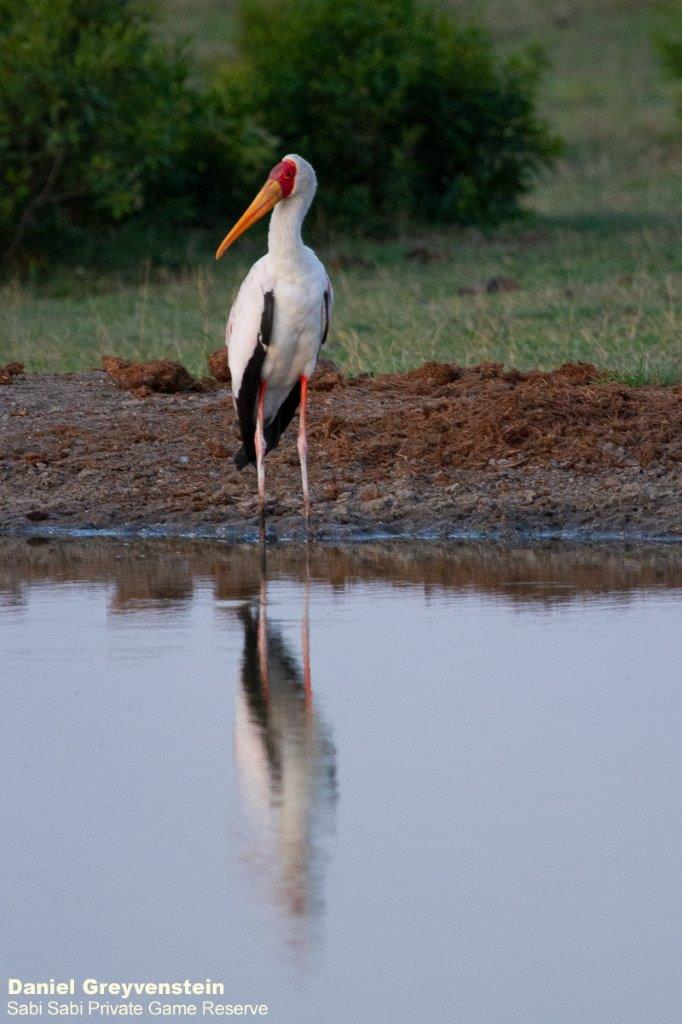
You don't have to go very far to see amazing little creatures at Sabi Sabi. This little Leopard Tortoise was found outside Bush Lodge reception. The Leopard Tortoise is part of the small five along with the Ant Lion, Elephant Shrew, Rhino Beetle and Red-billed Buffalo Weaver.
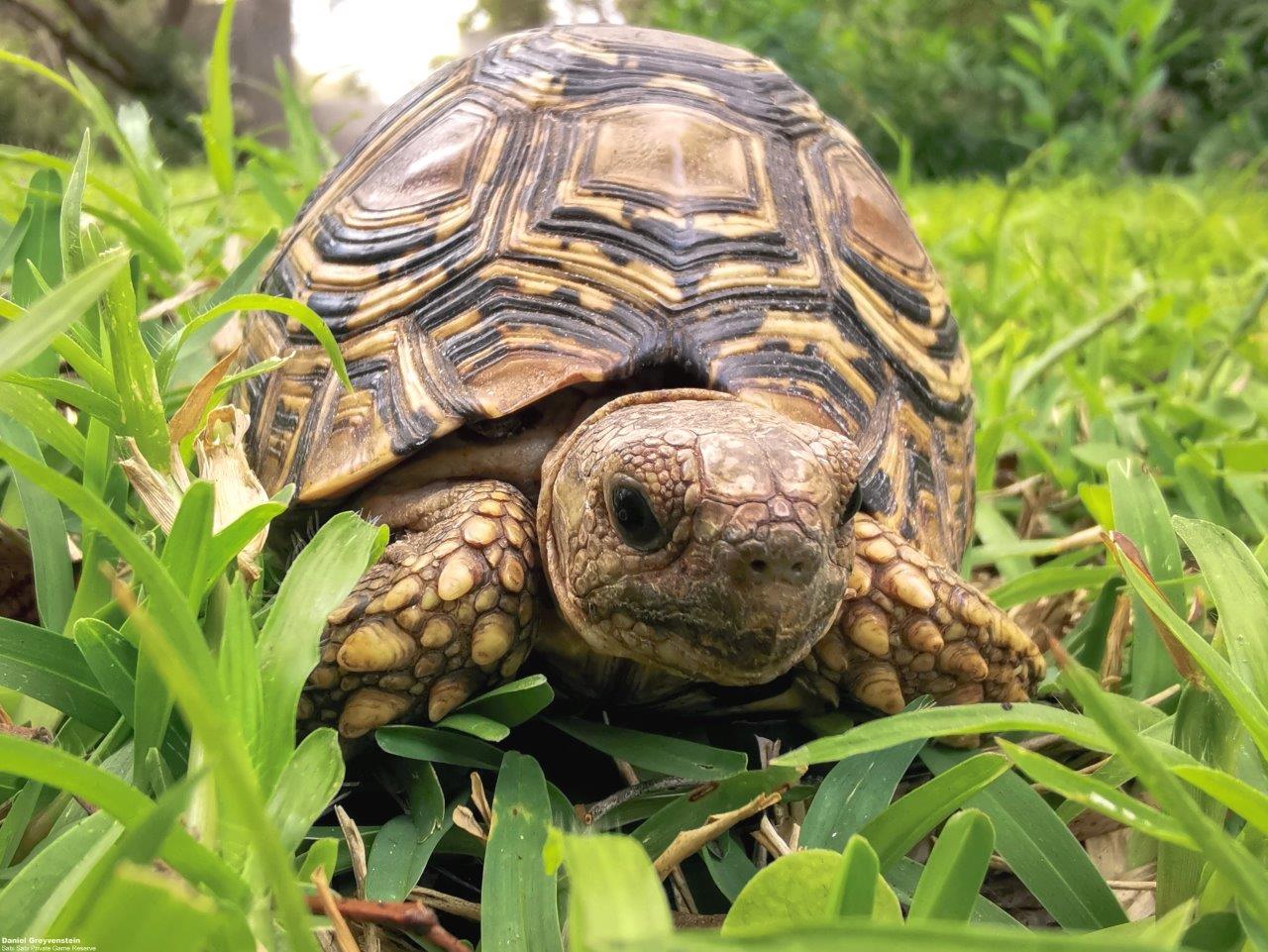
Tree Agamas are diurnal, insectivorous lizards that rely on camouflage to blend into the environment for protection from predators. During mating season, the Southern Tree Agama male's head can become intensely blue.
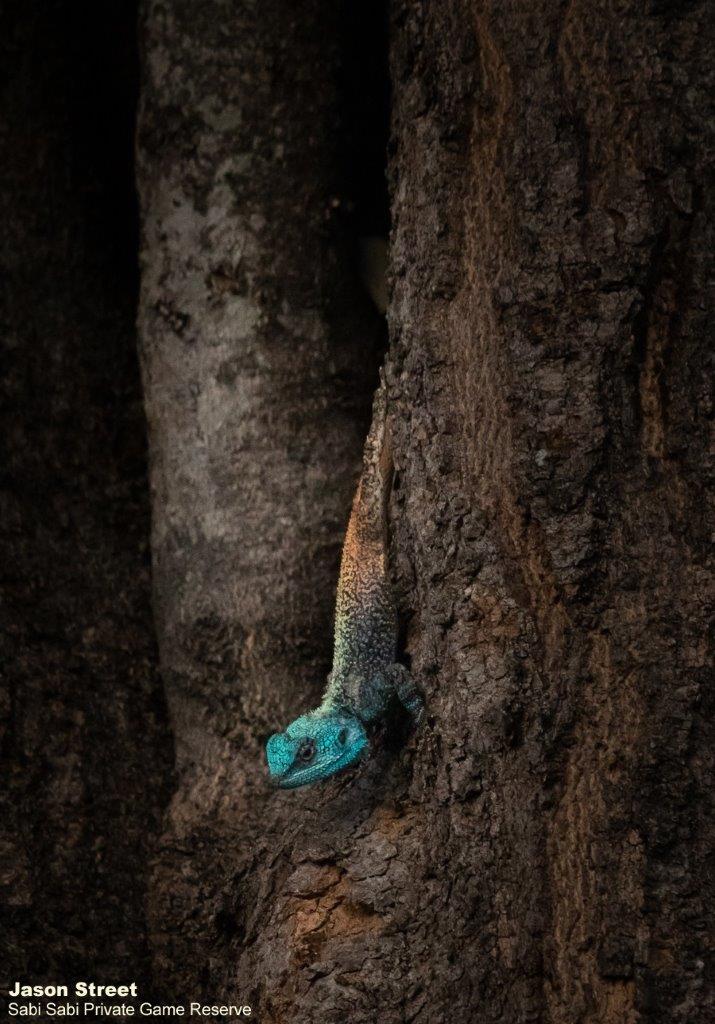
We were on the search for leopards, however, as becomes their true nature this particular leopard was being elusive. The most exciting part of being out on safari is the unknown. We continued on the drive, turned the corner and the unknown surprise happened - a pack of Wild dogs playing in an open area! Wild dogs travel vast distances in search of prey and can cover large areas in a short space of time. You just never what the bush holds in store and today we were privileged to see this species in its natural habitat.
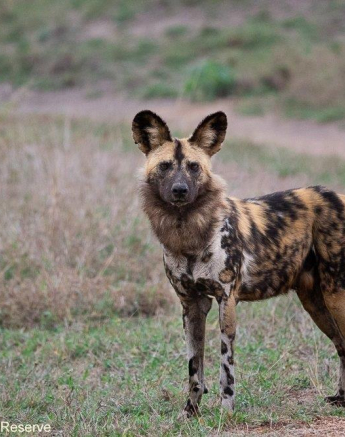
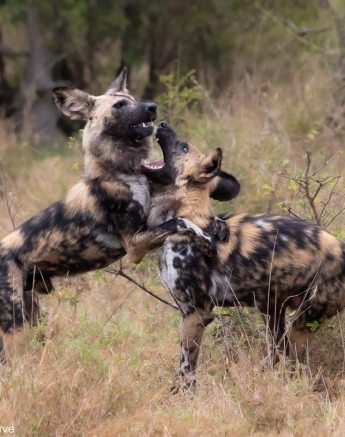
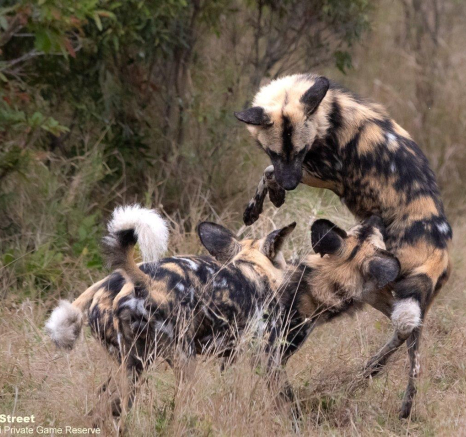
Golonyi managed to bring down a large impala ram. After feeding briefly, her kill was stolen by a large female hyena that looked heavily pregnant. Golonyi hung around in hope that she could grab a few scraps. Hyenas often trail leopards and will steal the kill they worked so hard for. It is usually too risky for the leopard to take on a hyena in case of injury.
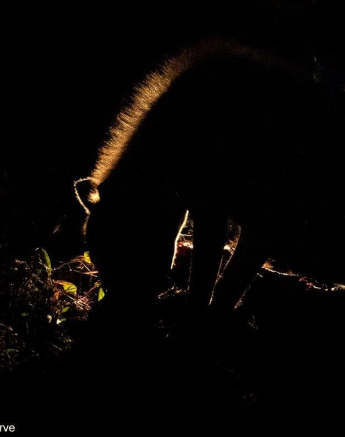
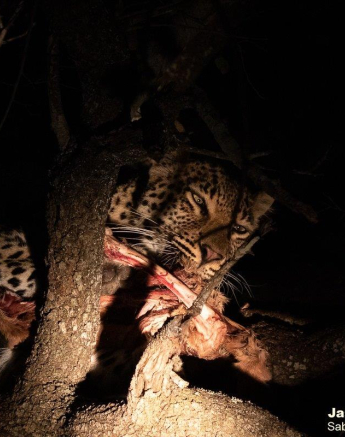
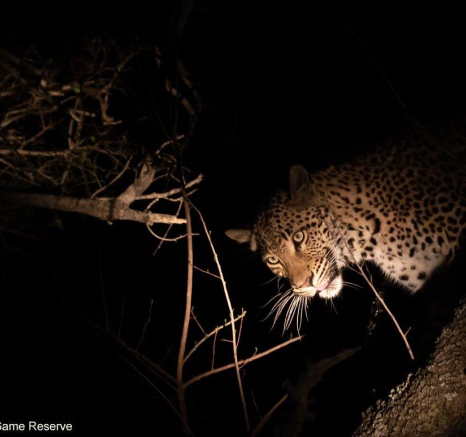
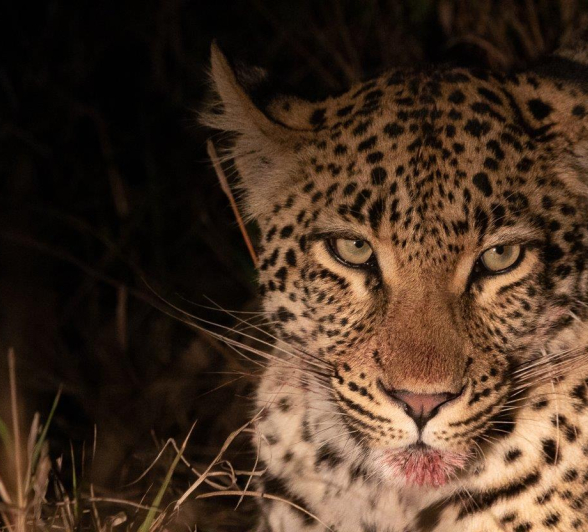
Ntsumi and her cub were found lying on some rocks with full bellies. After no sign of the second cub in well over a month, it seems Ntsumi has lost the female cub.
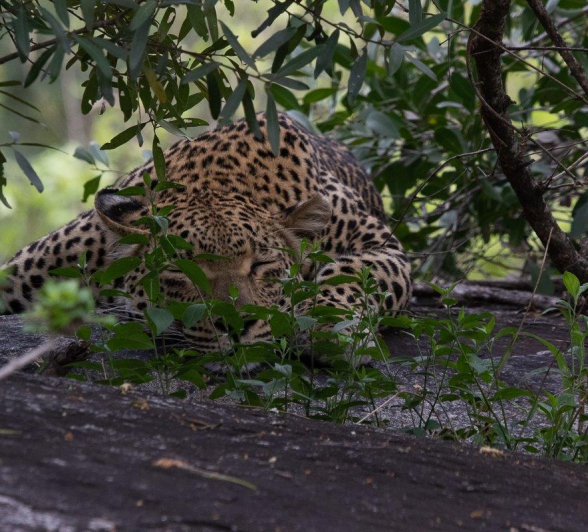
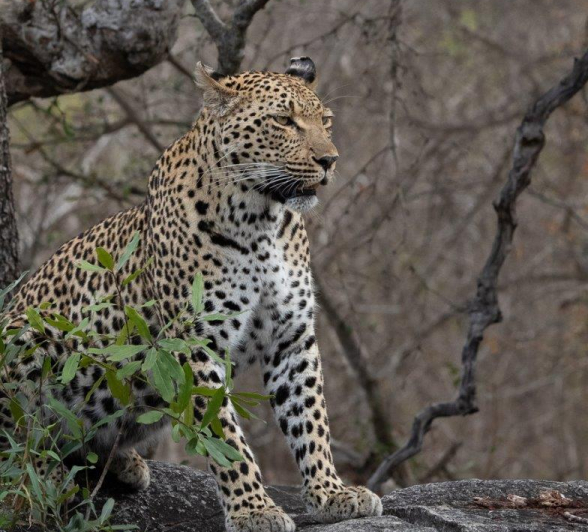
Mawelawela managed to kill a duiker close to Selati Camp. After taking in his fill, he headed back to the waterhole in front of camp for a drink of water while our guests were eating dinner. Mawelawela made a kill outside of his normal range, inside the territory of N'weti. He quickly fed and abandoned the remains, presumably to avoid a run-in with his neighbour.
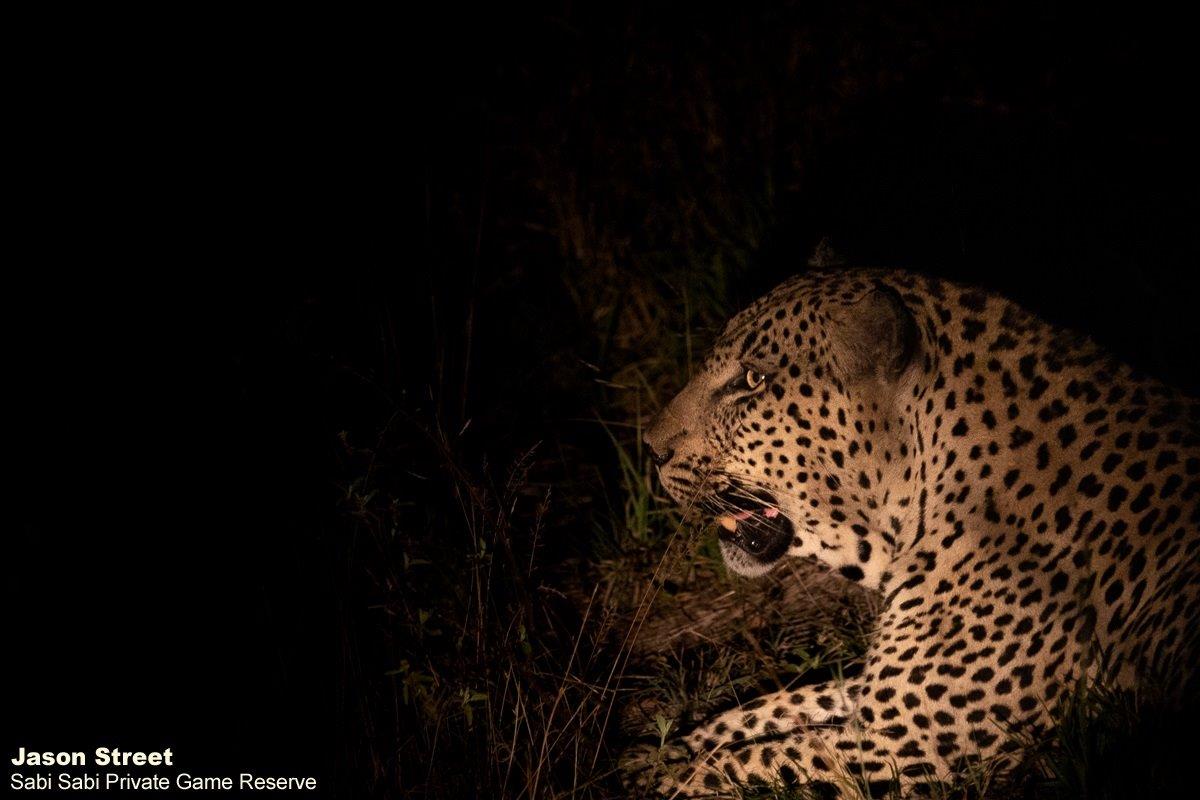
As the sun started to set, we found tracks of two cheetahs, indicating it might be the cheetah mom and her sub-adult cub. We found them not far from where we first saw the tracks. With their bellies full, they started to settle down for the night, but an unwanted visitor came to disturb the peace. A hyena made its appearance coming too close for comfort for the cheetahs. They decided that that would not be their place to rest for the night and moved on to a more secure area.
Cheetahs are easily overpowered by hyenas and therefore won't look for any trouble with them. They will rather move out of the area than engage in a fight.
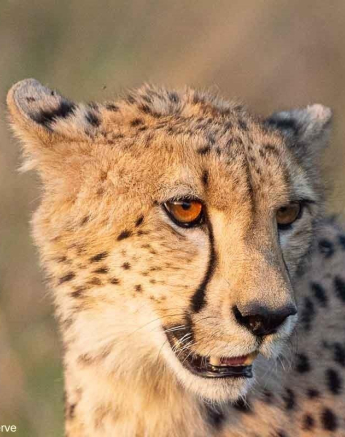
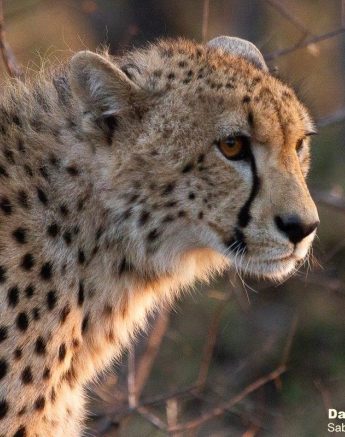
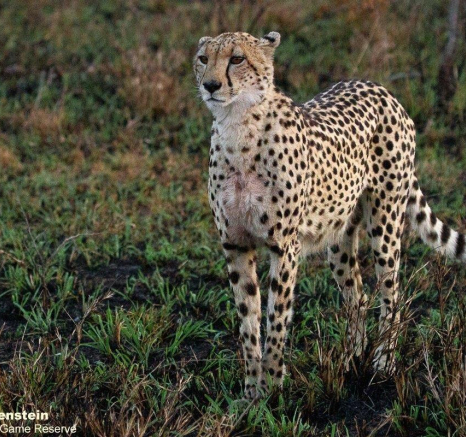
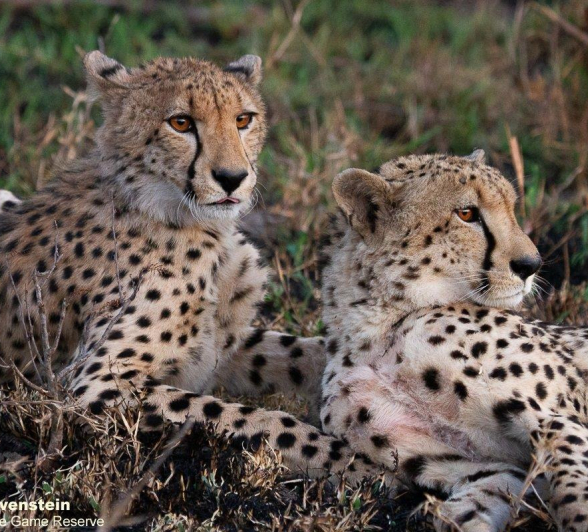
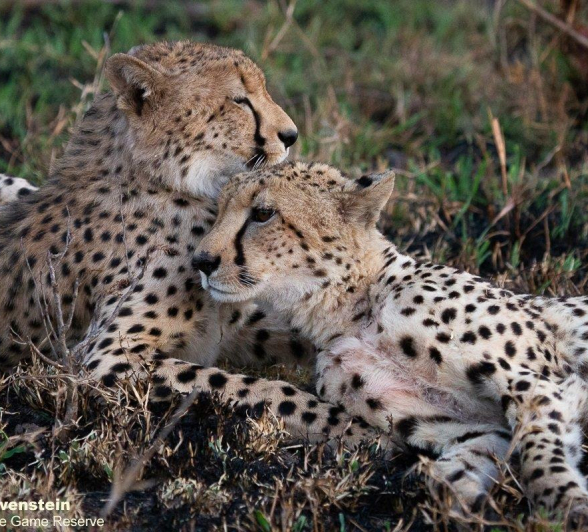
On the hunt, we found the cheetah mom and sub-adult cub late Monday afternoon. As the sun starts to set, they use this to their advantage to stay concealed in the dark shadows of the bush. We watched as they stalked a steenbok, going on either side of the Steenbok. The sub-adult cub saw his opportunity and went in for the kill! Successfully he brought down the Steenbok. As they were busy feeding, a hyena made her appearance. As we got our cameras and cellphones ready for some action, the hyena came running in, stealing the kill that they just made.
Cheetahs are very low on the predator food chain and will make way for anything when challenged. They rely a lot on their speed, and when injured, they won't be able to use their speed to hunt. Cheetahs are often overpowered by hyenas, lions and even vultures!
Read all about the sighting in Jason’s latest blog, “Taking opportunities”.
On Sunday morning, the agenda was to head out and find some lions. Spreading out to look for any signs of what happened through the night, we found tracks of the Styx Pride. As we followed the tracks, we were rewarded by finding 5 of the Styx cubs huddled up together. They constantly picked up their heads, looking and smelling in one direction, indicating that their mothers and the rest of the cubs might not be too far away.
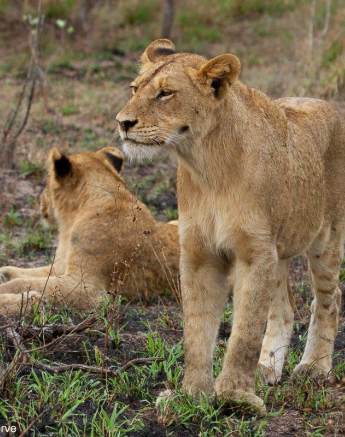
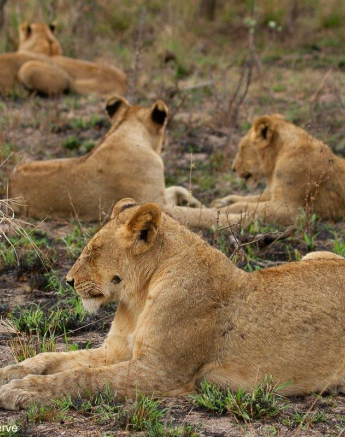
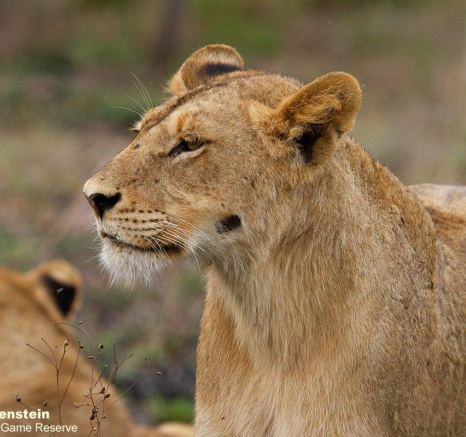
Despite seeing their tracks, we have spent a couple of days trying to track the Southern Pride, but with no luck. Our luck changed this morning as mom was found lying close to a road, and her two cubs playing close by.
At this stage of the lion cubs’ lives, they are gaining experience and helping their mother to hunt already. As we witnessed with our guests today, when they came across a warthog the female stood still and the cubs followed suit - wagging of tails and ear flapping was their way of communicating; and they headed off in different directions, circling their prey. As the cubs chased, the mother was waiting at the right position but unfortunately, the warthog ran the other way. Even though they could not make a kill, the cubs have definitely improved their skills and eventually will make kills without the help of their mother.
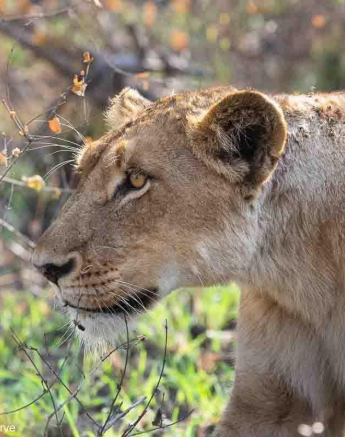
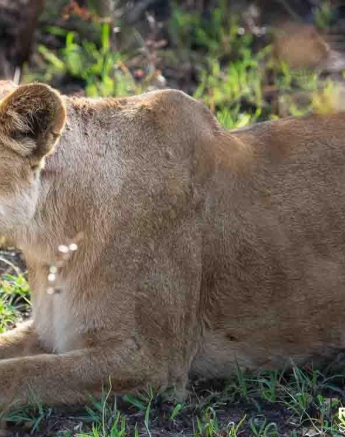
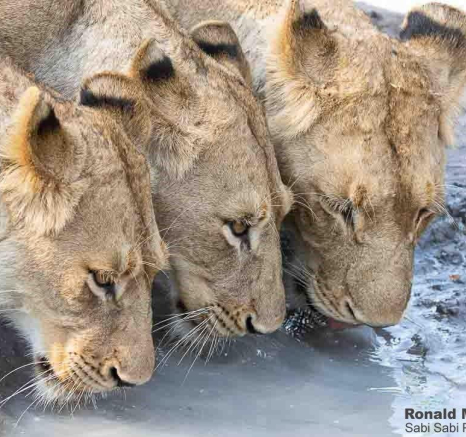
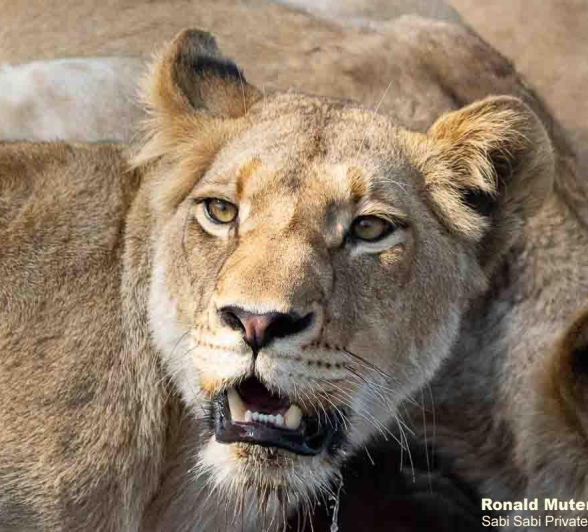
Following up on the Southern Pride after their failed hunt on a warthog revealed the pride had successfully managed to kill a large warthog in the heat of the day and all three members were well fed.
While lions have a distinct advantage at night, they will not pass up an opportunity to hunt even in the heat of a very very hot day.
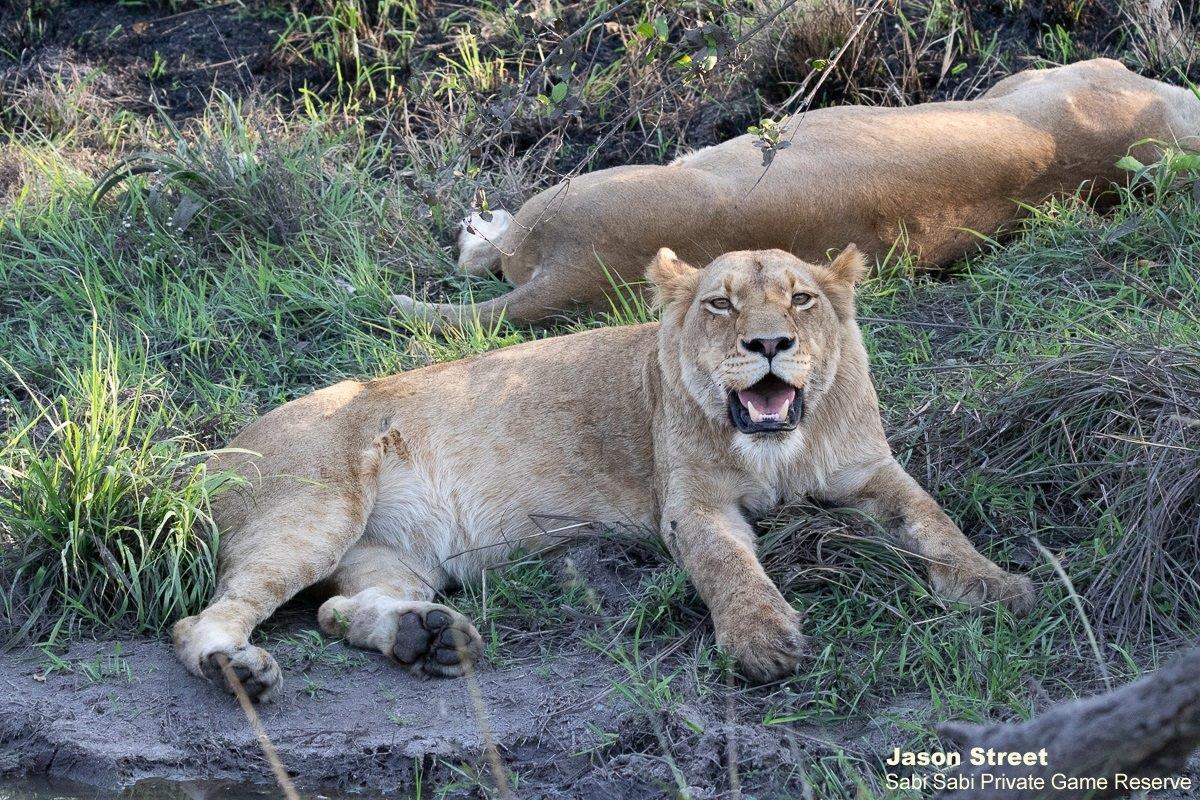
Until next time
